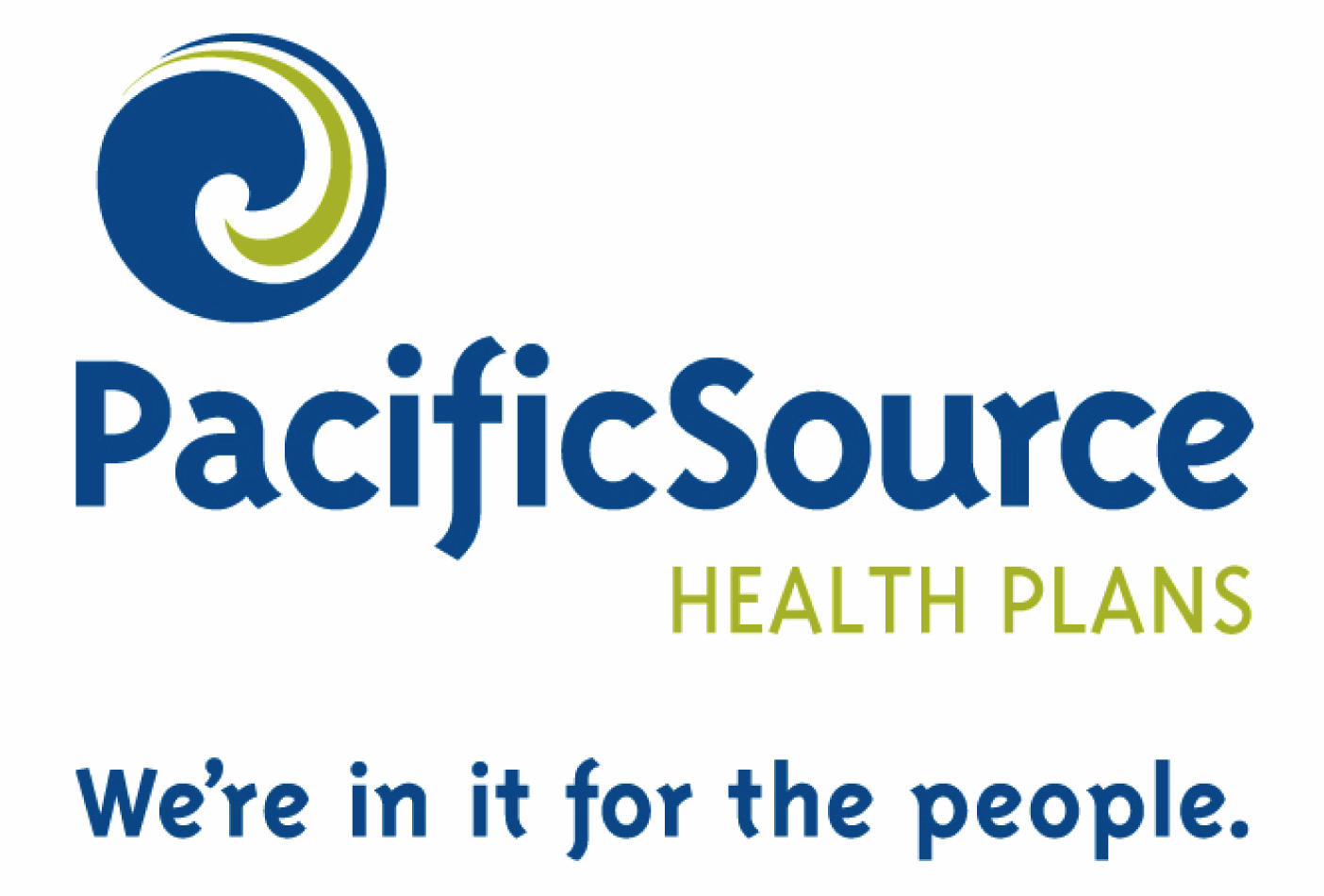The grassroots work of We Can Do Better produced agreement around a set of assumptions and criteria for a new health delivery system. These elements evolved from our shared principles which were refined through a robust process of public engagement:
- We cannot solve the health care crisis by simply giving everyone insurance coverage (in other words, this is not just an insurance problem).
- We are all in this together and we challenge the concept of “categorical eligibility.”
- All Americans should be eligible for and have timely access to effective treatment for at least the same set of essential health conditions (the “core benefit”)
- The core benefit should be portable and not tied to employment.
- We believe the first emphasis should be on the public resources already being spent on health care, which comprises more than half the total dollars in health care expenditures. We want to ensure that public resources are spent in a way that is equitable, efficient and effective in producing health, because public dollars belong to all of us and should provide benefit for all of us.
- Market competition should be based on cost, quality and outcomes, not the avoidance of risk.
- We must explicitly recognize the reality of fiscal limits and acknowledge that we cannot purchase everything for everyone.
- We must acknowledge the inevitability of at least a two-tiered system; that people with more disposable income will always be able to purchase more than people with fewer resources, and should be able to purchase additional services that may not be covered in the core benefit. The challenge is to ensure that the core benefit (the “floor”) is adequate to provide for the health of all Americans.
- We must acknowledge that all medical interventions are not of equal value and effectiveness in producing health, and therefore we must establish a prioritization process to decide what will be financed with the public resources.
- Individuals should be more directly involved in their own health care treatment decisions.
- It is important to promote healthy behaviors through strategies that focus on both individual choices (responsibility) and environmental influences.
- Co-payments should be used to influence individual behavior by having lower co-payments (or no co-payments) on highly effective procedures backed by good scientific evidence, and higher co-payments on lower priority interventions, rather than used co-payments solely to shift costs to individuals.










Recent Comments